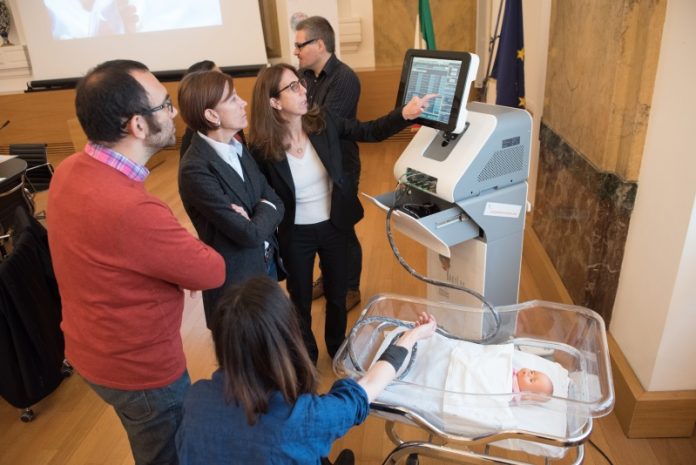The goal of BabyLux is to reduce the risk of brain lesions in extremely preterm babies and thus prevent disabilities in such children by controlling the clinical parameters affecting their cerebral status with a high level of accuracy. According to the last the Global Action Report published by The World Health Organization, 13 million births every year are preterm.
Alessandro Torricelli, Scientific Coordinator of BabyLux, says: “The hope for this project is to pave the way to have this instrument on the market in a few years, to provide neonatologists and hospitals with a tool to closely monitor the health of premature babies.”
The clinical protocol has been authorized by both the Danish Medical Agency and the Italian Ministry of Health. The next step involves applying this novel monitoring technology to more preterm babies in order to consolidate the clinical research as well as design and implement new studies and clinical trials to foster its use in clinical care.
The BabyLux project was carried out by an international consortium involving the Politecnico di Milano, the Fondazione Politecnico di Milano, the ICFO-Institute of Photonic Sciences, the Fraunhofer Institute for Production Technology IPT, Hemophotonics SL, PicoQuant GmbH, the strategy consultancy Loop Unique Companies, Capital Region, and the Fondazione IRCCS Ca’ Granda – Ospedale Maggiore Policlinico. The consortium proposed and developed an innovative technique for detecting and monitoring the brain oxygenation and perfusion state of newborns in a non-invasive and accurate way. The three year project concluded in April 2017 and was partially funded by the European Commission under the ICT Policy Support Programme (ICT PSP) as part of the Competitiveness and Innovation Framework Program.








